Event details
- Top
- event information
- Event List
- Achievement briefing session on "Archaeological Survey of Earthworks and Tama Zenshoen
2017.01.08
Achievement report session on the “archaeological survey of earthworks and moats” in Tama Zenshoen
※It has ended
We held a report meeting on the results of the "Archaeological Survey of Earthworks and Tama Zenshoen
[Date and Time]
March 26, 2017(Day)14:00 to 15:30
【place】
The National Hansen's Disease Museum 1st floor video hall
We held a report meeting on the results of the "Archaeological Survey of Earthworks and Tama Zenshoen
From 2:00 pm on Sunday, March 26, we held a report meeting on the results of the "Archaeological Survey of Tama Zenshoen The National Hansen's Disease Museum in, Tama Zenshoen the Resident Association with the cooperation of, in the previous year, Zensei Hospital "in the early days Patient area on earthworks Hori surrounded the" Tama Zenshoen archaeological survey in the I am doing. We would like to thank all of our customers for participating in the "Hori" field tour at the "Zensei Gakuen Site" in Tama Zenshoen on January 7th.
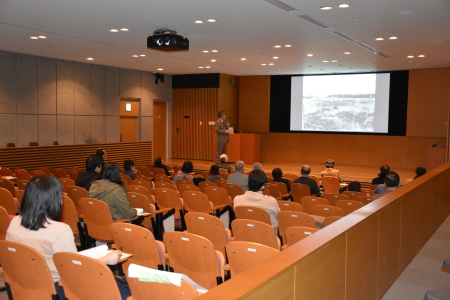 |
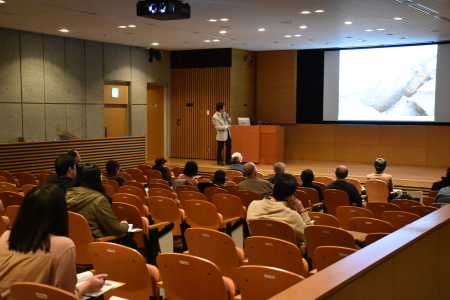 |
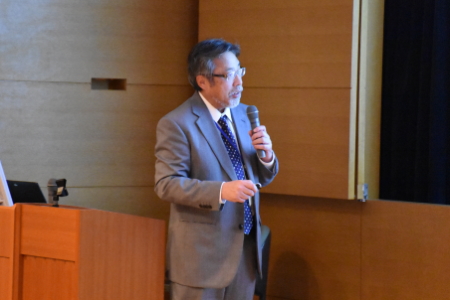 |
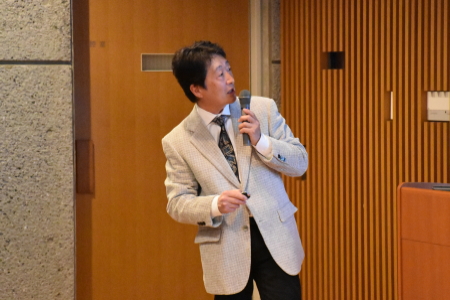 |
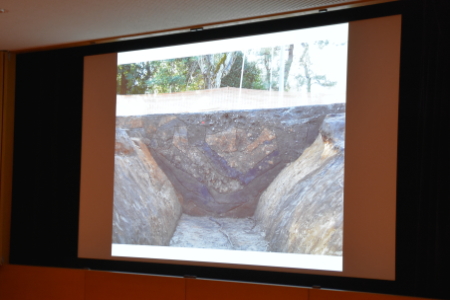 |
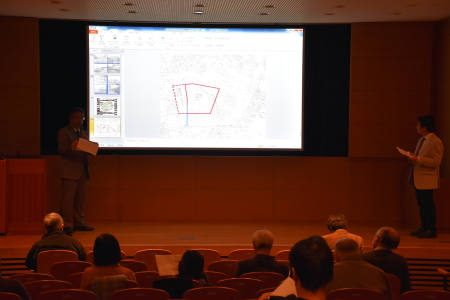 |
Since mid-November 2016, The National Hansen's Disease Museum has been conducting a survey on the earthworks and moat that surrounded Zensei Hospital (currently Tama Zenshoen) at the former Zensei Academy site. In conjunction with this, we held an on-site tour of the ``moat'' at the ``Zensei Gakuen Ruins'' within Tama Zenshoen on the following dates.
[Date and Time]
January 7, 2017(soil)11:00 to 15:00
【place】
Excavation site at the former site of Zensho Gakuen in Tama Zenshoen
Patient area" for a total length of 1.1 kilometers and the excavated items (glass bottles, porcelain bowls, etc.) during the early days of Tama Zenshoen (the first half of the 20th century during the Zensei Hospital rice field.
Archaeological excavation of "moat" at "Zensei Gakuen Site" -Field tour materials- (The National Hansen's Disease Museum held on Saturday, January 7, 2017)
Survey outline
This excavation was a survey to confirm the existence of the moat that surrounded the "Patient area Zensei Hospital (currently Tama Zenshoen Zenseien) at the site of Zensei Gakuen. The purpose was to measure the remaining condition of the moat in detail, organize and investigate drawings, photographs, and excavated relics, and clarify the time and structure of the moat, which has only sketches and landscape photographs. The survey area is approximately 200 m2, and the survey period is from November 15, 2016 to January 20, 2017. After the survey is completed, it is cured, backfilled and restored, and the current state is preserved.

Research results
In the early days of Zensei Hospital, there was an ``earthwork and moat'' surrounding the `` Patient area.'' It was a facility that symbolized ``isolation'' that prevented contact with the outside world. In the late Taisho period, the site was expanded as the number of residents increased, and the site was reclaimed and forgotten. During this excavation survey, no traces of the earthworks were found, but the moat remained almost as it was at the time. The moat was dug into the Kanto loam layer of the ground, and the upper part of the moat was approximately 4 m wide, the depth from the surface layer was approximately 2 m, and the lower part was approximately 1.8 m wide, and the height difference from the top of the earthwork is estimated to have been approximately 4 m. . The inclination angle was approximately 45 degrees, the surface was carefully leveled, there were no footholds, and the structure was confirmed to be difficult to climb over.
The photo on the upper left shows the survey location around 1925 (Taisho 14). The moat has already been filled in, but the earthworks remain. The photo on the bottom left is from the late 1920s. The earthworks at the southeast corner have collapsed. On the other hand, residents can be seen watching tennis on the remaining earthworks.
The illustration is [Walking through the "Zensei Hospital" - Photos of sanatoriums in the first half of the 20th century]
Quoted and added from The National Hansen's Disease Museum 2010
The purpose of this excavation was to detect the moat, but during the process, the remains of the foundations of Zensei Gakuen were also discovered (Photo 1).
Zensei Gakuen was built in 1931 and demolished around 2008, but there were no detailed location or records. Through this survey, we were able to record the location and foundation structure. After recording, the part of the moat was removed, and the part outside the area was preserved at the site.
All of the soil in the moat was excavated manually with the aim of excavating artifacts. The area where the moat was dug was hard ground, and the fill soil was clear, so it was relatively easy to dig up. You can imagine how difficult that must have been.
The area near the bottom was excavated almost vertically, and a step parallel to the moat was observed on the bottom. It is possible that these are traces that were added to during the process of dredging the trench several times since its construction.
Observation of the cross-section of the soil layer (Photo 2) revealed that the filled soil in the moat flows in from the south to the north at an angle. From this, it is highly likely that the moat was filled with soil from the south. In the photo from that time mentioned above, the earthworks remain and the moat is filled in.
Glass bottles and ceramics were unearthed near the bottom of the moat (Photos 3 and 4).
The moat was excavated in 1909, backfilled around 1925, and Zensei Gakuen was completed in 1931, so it is estimated that the items excavated from the moat's covering were generally in circulation in the first quarter of the 20th century. We will continue to investigate the details.
Continuing from last year's survey, future surveys are scheduled to include test excavation with the aim of detecting the remaining moat near the earthworks in the staff area. Traces of a moat and earthwork still exist within the bamboo thicket in the staff area.
-notice-
The National Hansen's Disease Museum will hold a report session on the results of the archaeological investigation of the earthworks and moats in Tama Zenshoen on Sunday, March 26th from 2:30 pm. The session will be held in the video hall on the first floor The National Hansen's Disease Museum. Please join this session as well. (Participation is free.)
Reference material
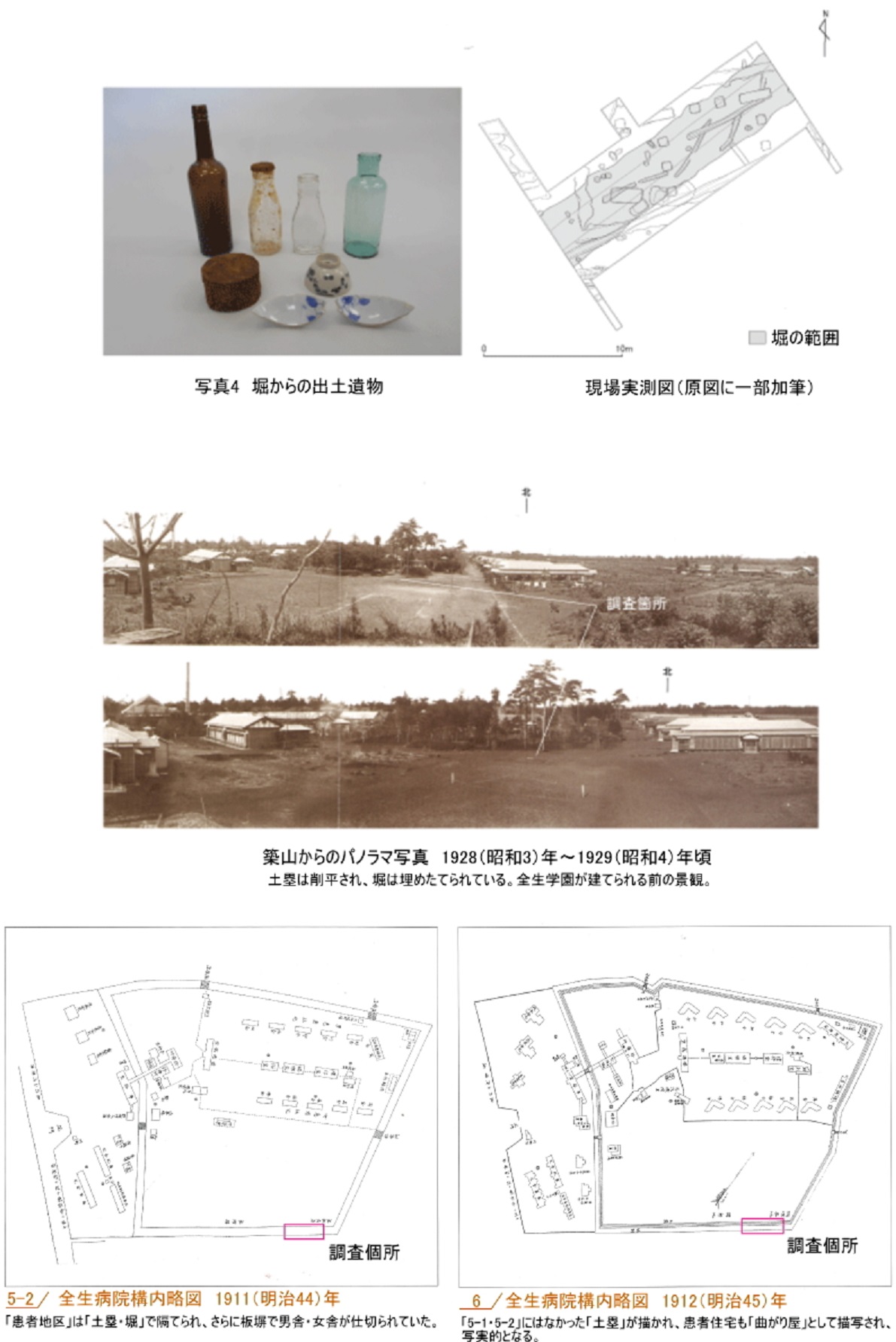
The illustration is [Zensei Hospital" -Photographed sanatorium in the first half of the 20th century-]
Quoted and added from The National Hansen's Disease Museum
A field tour of the "moat" at the "Zensei Gakuen Site" in Tama Zenshoen The National Hansen's Disease Museum held on Saturday, January 7, 2017)
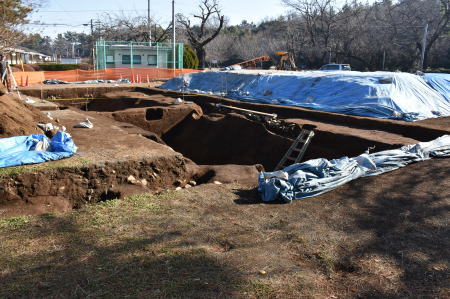 |
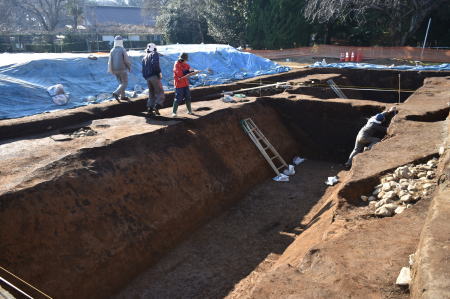 |
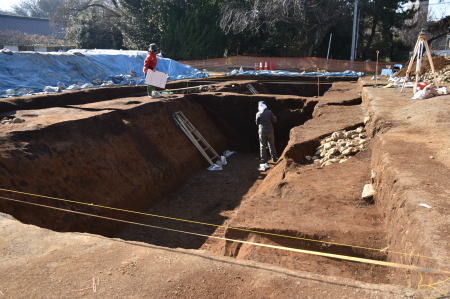 |
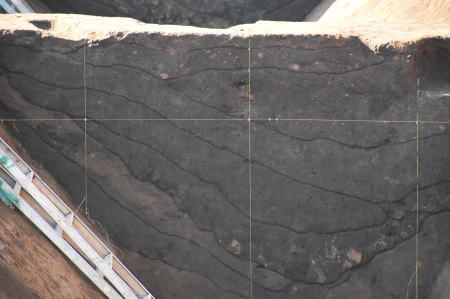 |
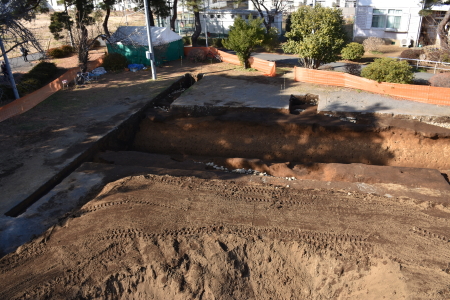 |
 |
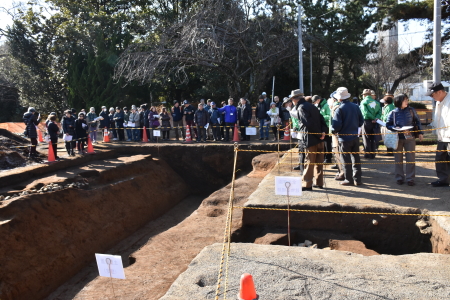 |
 |
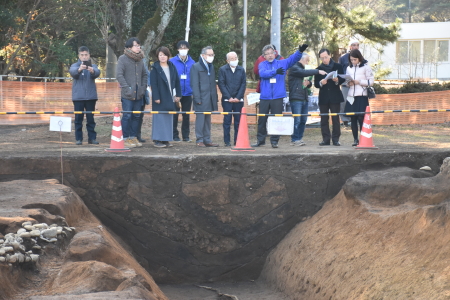 |
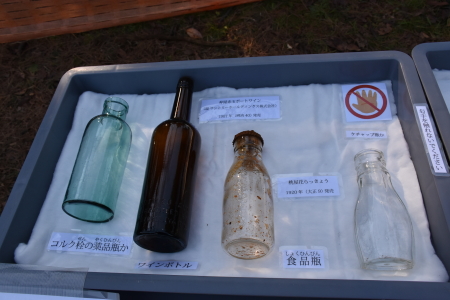 |
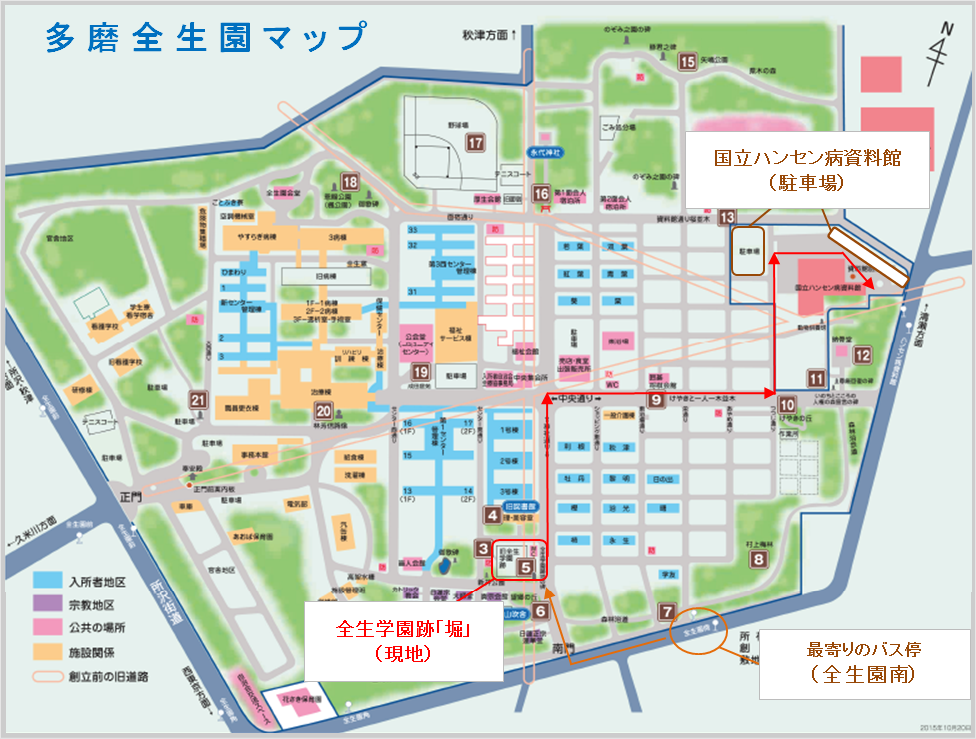 |
|
